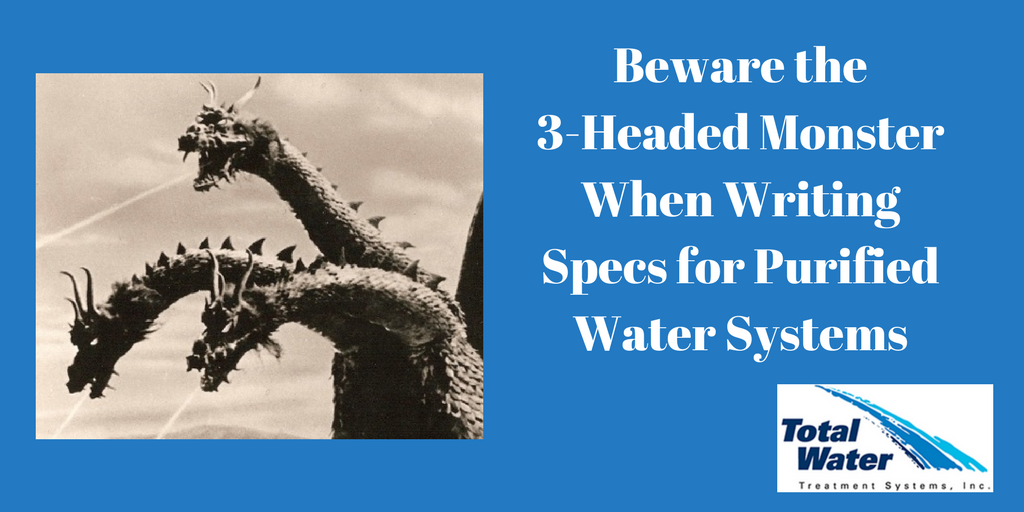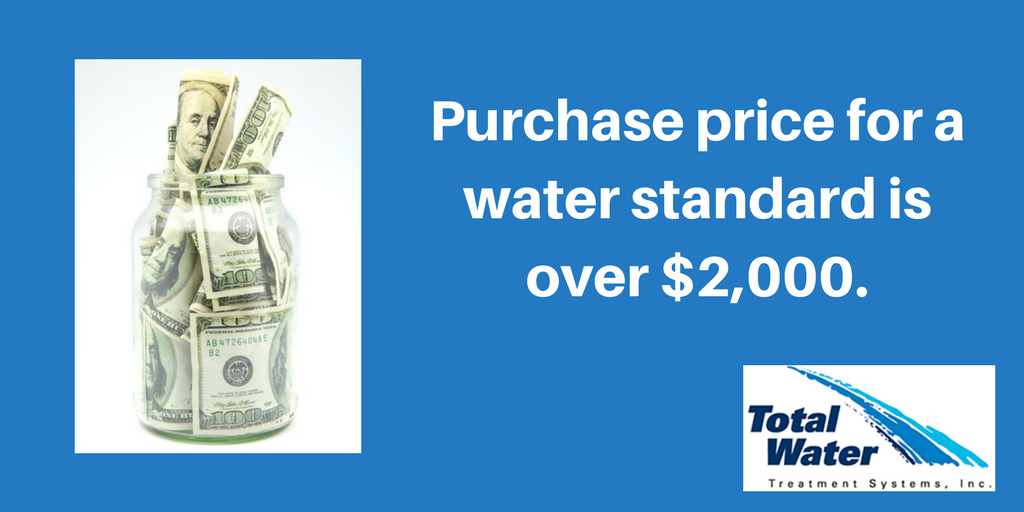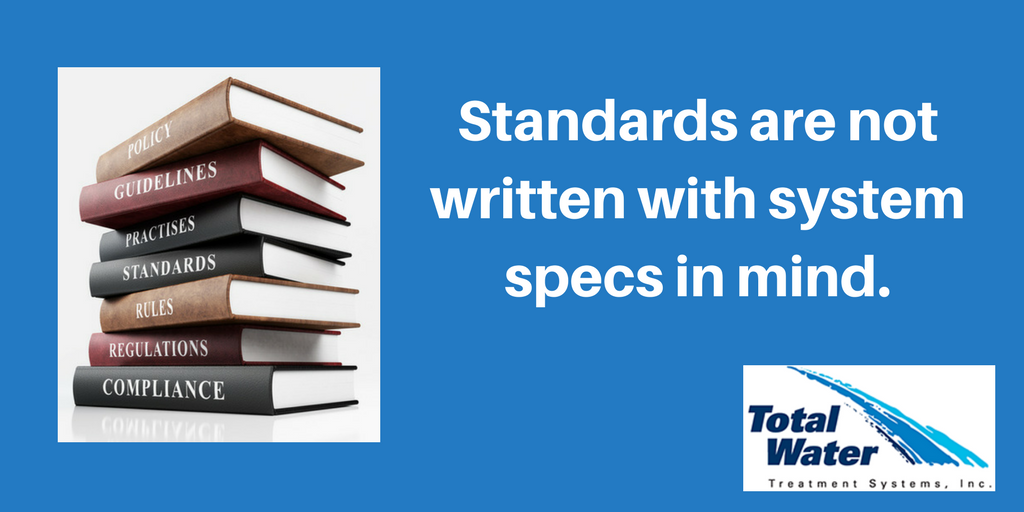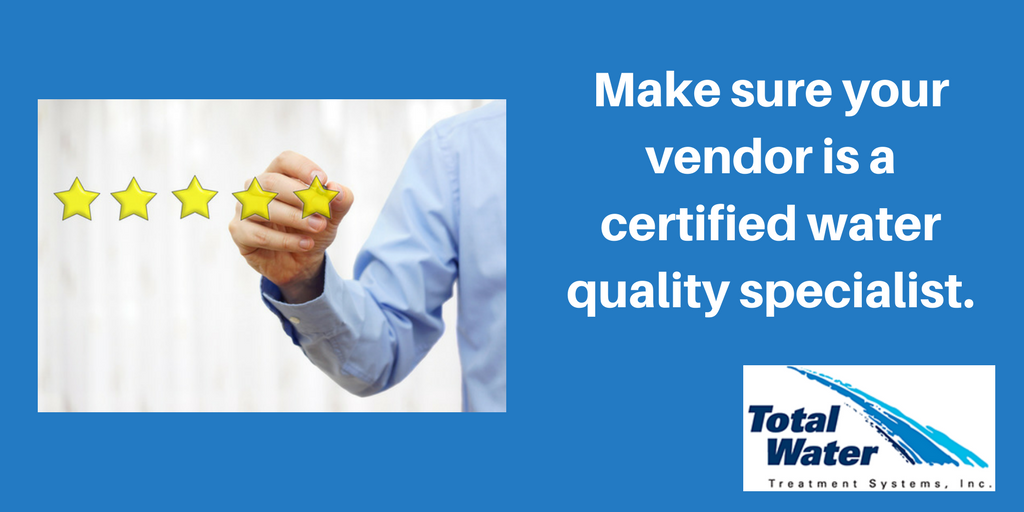 Specifying engineers have a tough task when it comes to writing specs for purified water systems. We find there are certain areas where specifying engineers trip up, time and time again. Beware this 3-headed monster — he’ll eat your specs for lunch.
Specifying engineers have a tough task when it comes to writing specs for purified water systems. We find there are certain areas where specifying engineers trip up, time and time again. Beware this 3-headed monster — he’ll eat your specs for lunch.
Five years ago, two new hospitals were built in Wisconsin. Both required purified water systems for their labs. And unfortunately, both systems turned out to be faulty and out of compliance with current standards.
The replacement price tag? Over $10,000 per lab.
What went wrong? The specifying engineer who wrote the specs was working off a 1976 standard that had been out-of-date for a couple of years. Wrong standard, wrong system, really expensive bill. And believe us, this happens a lot more than you think.
Beware the Three-headed Monster
We’ve met a lot of very smart specifying engineers. We work with quite a few of them and help them write specs for deionized water systems, RO systems — whatever fits their needs.
Along the way, we’ve seen a three-headed monster that leads to the kind of mistake that occurred at those Wisconsin hospitals.
Monster head #1 – Complex, costly and ever-changing water standards.
Water standards are a complex beast, to say the least. Just check out our post on clinical laboratory reagent water. There are over 1,800 active volunteers that create CLSI’s standards, and their standards and guidelines cover 12 specialty areas.
That’s a lot of brainpower, working through a lot of details. And there is plenty of nuance within the standards. What’s a guideline? What’s a standard? What do I have to follow to the letter?
Beyond the complexity, the standards are costly. Purchase prices for a water standard is over $2,000 — for a standard you’ll probably use one time. (We’re sure that those Wisconsin hospitals wished they had purchased an updated version.)
They are also ever-changing. The water standard for dialysis machines has had six changes since 2000. And unless you live in the world of industrial water, it’s hard to keep up to speed on what the latest changes are and how they impact your system.
Monster head #2 – No formal training for industrial water systems.
As an engineer, you attended college and learned the fundamentals of your field. Unfortunately, when it comes to industrial water systems, there are no training courses or manuals on how they work.
Yes, there are courses on water treatment in college, but no one is teaching you the ins and outs of the real-life systems. Your experience comes on-the-job, and it’s no fun cutting your teeth on a fault water system.
Monster head #3 – Standards but no guidance on systems.
The most common mistakes occur when choosing the right system to meet the standards. Unfortunately, standards are not written with system specs in mind.
For example, in clinical labs, the standard requires your water to meet the Total Organic Carbon specification. The standard provides you with the limits, but it doesn’t tell you what piping to use in the system.
Unless you have the experience working with these systems, you probably wouldn’t know that you can?t use the PVC piping because of the glue and solvent added to it. It’s the case of you don’t know what you don’t know.
It’s Not Always the Monster. Sometimes It’s You.
The three-headed monster slays the most well-intentioned specs for industrial water systems. But there are two more contributing reasons why this beast wreaks havoc — and this has more to do with you.
The first is that most specifying engineers suffer from Engineering Brain. As an engineer, you’re afflicted with an Engineering Brain. It compels you to understand how things work, and then battle relentlessly until you fix the problem.
That’s a gift, but it can also be a curse. With industrial water systems, understanding complicated standards and undocumented systems is a formidable challenge, but is it worth your time and effort? Your Engineering Brain will tell you yes, but the bottom line likely says no.
The second factor is the square peg, round hole syndrome that we see with specs. Sometimes specifying engineers will rewrite specs that we’ve developed simply to fit a pre-determined format their company uses. Unfortunately, the details get lost in translation.
How to Separate the Sales Pitch From the True Solution
A few paragraphs into this post, you probably started to question our motives.
Do we want to help you write the specs so they match our systems? Sure, but we only do it if we’re sure we can provide the right solution. What you want to be careful of is working with someone who doesn?t know what kind of system will solve your problem.
So how can you ensure you’re working with someone who will not only deliver a system that’s in compliance with standards, but is also the best long-term investment for your company?
Here are a few questions to ask:
Is the vendor a certified water quality specialist? They should be licensed WQS1 through WQS6.
What systems have they done before? Ask for a list of customers they’ve previously worked with, particularly in your industry. There?s no better barometer regarding compliance and effectiveness of the systems.
Ask them to explain the standards. As you screen different companies for a system application, ask them to not only explain the standard as it applies to you, but ask them to explain the most recent updates.
Our biggest recommendation for you on writing specs for an industrial water system is to not go it alone. Whether you’re talking to someone at Total Water or another vendor who meets the criteria we just explained, this is tricky stuff.
Beware the three-headed, spec-eating monster. Make sure he’s not eating your water system for lunch, because in the end, guess who has to pick up the check?
We’ll do more than give you a quote we’ll visit your site to analyze your industrial water needs.





Follow Us